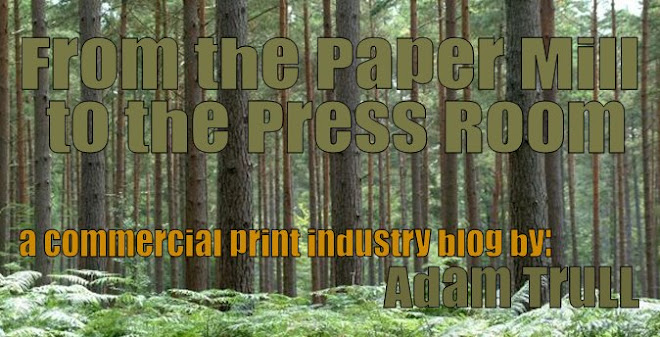Ultimately, whether conscious of it or not, we convey brand identities as well. Twenty-five years ago, Michael Jackson used to convey a brand-identity of a brilliant pop singer and choreographer, a fashion trend-setter, and ultimately, a legendary pop-icon. Nowadays, his brand-identity has strayed significantly. And it is safe to assume that because of the potency of Michael Jackson’s negative-branding, he will never be able to sway his brand to benefit his music career, ever again. This isn't how we remember The King of Pop, is it?
 Of course, in every communication that a person or a company makes, they can align or stray from their brand-identity, which after time can cause a broad deviation between intended and actual brand identity.
Of course, in every communication that a person or a company makes, they can align or stray from their brand-identity, which after time can cause a broad deviation between intended and actual brand identity.But does your printer understand your brand identity? Let’s face it, commercial print is a key component of your marketing-mix, and if you are not partnering with a printer who understands your brand identity, then the layout, screening-type, trim-size, paper stock, ink, finishing, and binding decisions, which covers an immense breadth and depth of printing decisions, can significantly affect your brand identity. If you are a publisher, you’re affected even more; print decisions directly affect your final product! Still don’t have a clue what I’m talking about? Here is an example:
“You’re a long-term health and life insurance provider, known for “going the extra mile” for your customers through value-added services. To capture the Baby-Boomer market, a vast generation moving towards retirement, you’d like to send an 8-page brochure outlining value-added services like acupuncture, massage therapy, and fitness education that will enhance your customers’ quality of life.
You decide to print heavy ink coverage on a high-end uncoated sheet that contains significant PCW recycled content (with FSC certification), and you print an overall satin aqueous to protect the ink coverage, while preserving the texture and aesthetic appeal of a premium uncoated stock. The stock suggests a soft, value-focused message; the eco-sustainability of the sheet suggests a concern for environmental and social responsibility; the satin aqueous, although used primarily as a tool in this example, adds a soft-touch to the piece.”
Branding is absolutely crucial to the success of your company, whether you are a marketer or a publisher. If you are not working with a printer who understands your branding decisions, than you may be missing out on print decisions that are in the best interest of your brand identity.



